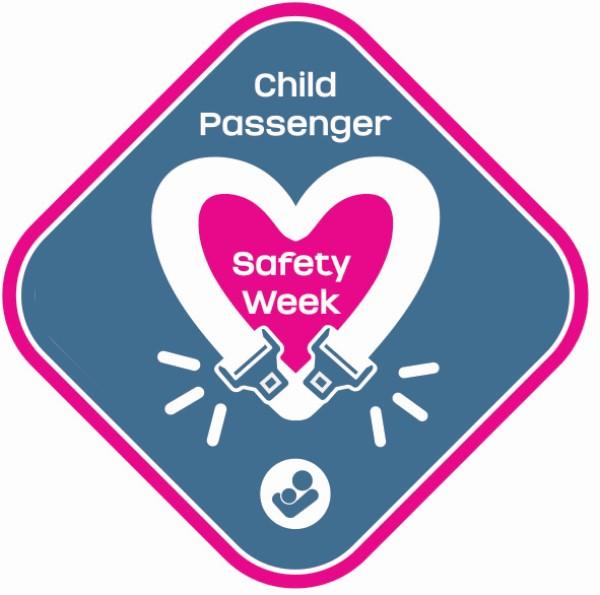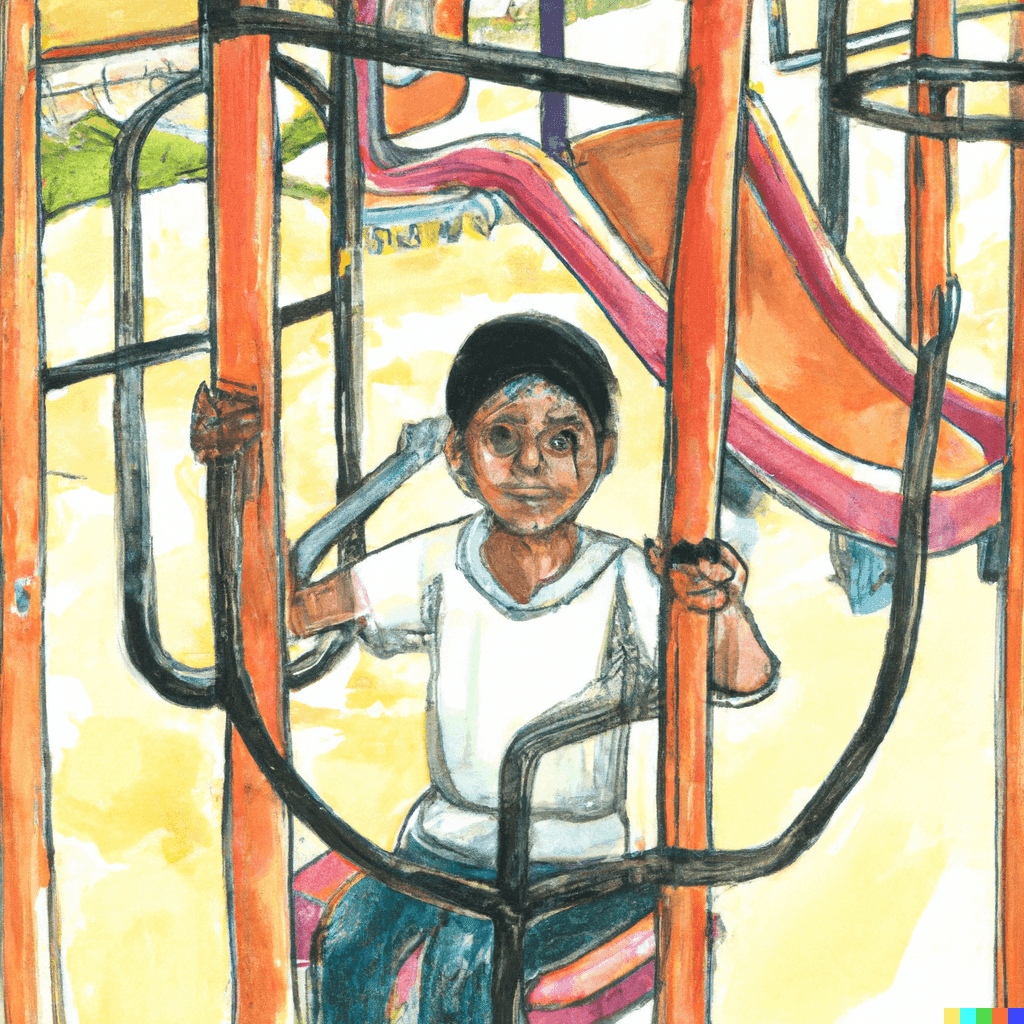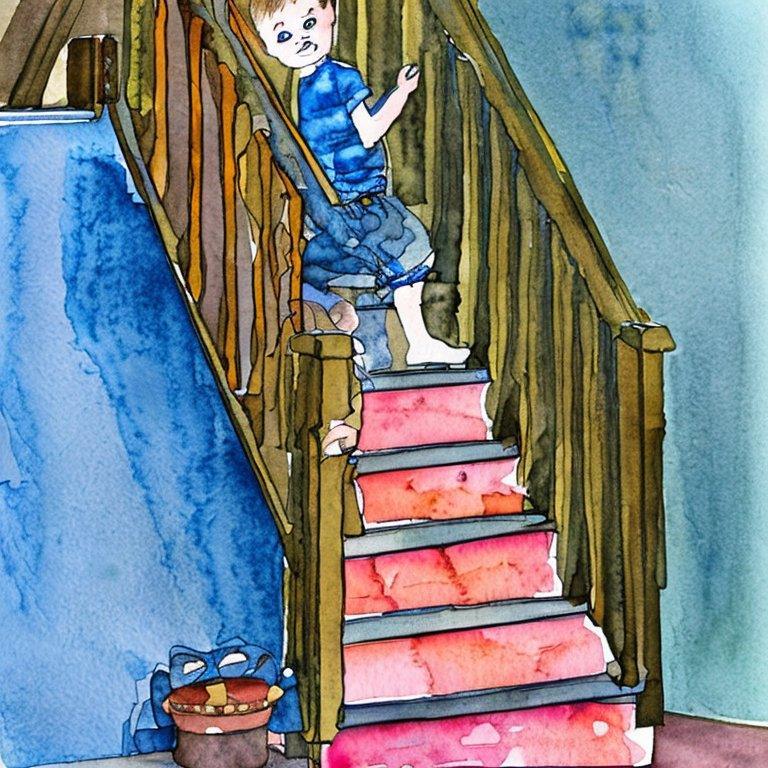Despite advancements in vehicle safety, road traffic accidents remain the leading cause of fatalities among children under the age of 10.
Shockingly, even though the law mandates that every child under the age of 3 be securely strapped into a car seat, 93% of motorists, taxi, and bus services do not comply with this law, which is not effectively enforced by local and national police. Most injuries from car accidents are due to a complete lack of any child safety restraint.
Child Passenger Safety Week runs internationally from the 17th to the 23rd of September.
Maxi-Cosi, which has been the driving force behind this initiative for the past 7 years in South Africa, aims to raise awareness about the importance of child safety in motor vehicles. Their campaign theme, "Love Clicked In," seeks to educate and inform South African road users about the dangers of traveling with children who are not securely strapped into a car seat and emphasizes the importance of using car seats that meet minimum crash testing requirements. Maxi-Cosi's goal is for securely strapping children into car seats to become a standard practice for everyone, regardless of the length of the car trip.
It's important to note that holding a child in one's arms provides no protection in the event of an accident. In a crash at a speed of 50 km/h, a child's body weight can increase by around 30 times, turning them into a projectile. Seatbelt usage is significantly lower in Central Business Districts in South Africa, and some road users mistakenly believe that seat belts are unnecessary at low speeds. However, the Red Cross Memorial Hospital treats an average of 20 child passengers every month due to car accidents.
Children under the age of 3 are legally required to be securely restrained in a car seat, but standard seat belts in most cars are designed for adult passengers who are 150cm and taller.
This leaves children between the ages of 4 and 12 requiring additional support in the form of a booster seat. Booster seats are necessary because seat belts do not sit correctly on children under 150cm, potentially leading to fatal injuries in the case of a crash.
Fortunately, there are many well-tested, reasonably priced car seat options available to South African consumers. The cost of the average car seat is only 1% of the value of most cars in South Africa, making it a small price to pay for a child's safety. Clicking children into secure car seats is a simple yet critical step in ensuring their safety on the road.
To debunk myths and emphasize facts about child passenger safety, Maxi-Cosi provides the following information:
Myth 1: It's safe to place a car seat in the front passenger seat. Fact: The backseat is the safest place for a car seat, especially if the front passenger seat has an active airbag.
Myth 2: I don't need to buckle my child if we are only going a short distance. Fact: Car crashes can happen anywhere, even on short trips. Always buckle up your child in an appropriate car seat, regardless of the distance.
Myth 3: Once my child reaches a certain age, they can use an adult seat belt. Fact: Children should use a booster seat until they can properly fit in an adult seat belt, typically when they reach a height of 150cm and are between 4 and 12 years old.
Myth 4: One car seat fits all age groups. Fact: It's essential to select a car seat based on your child's current height and weight to ensure proper safety and protection in case of a collision.
Myth 5: The height of the safety harness doesn't matter. Fact: Adjust the safety harness to the correct height, which should be at shoulder level, to prevent children from unbuckling themselves or suffering from head flops during a collision.
Myth 6: Rear-facing car seats are only for infants. Fact: Rear-facing car seats are safest for babies and toddlers up to at least 15 months old, as they help distribute collision forces and reduce the risk of neck injuries.
Myth 7: Children can wear thick coats in car seats. Fact: Bulky coats can compromise the effectiveness of the harness. Instead, use the coat as a blanket over the harness to keep your child warm.









